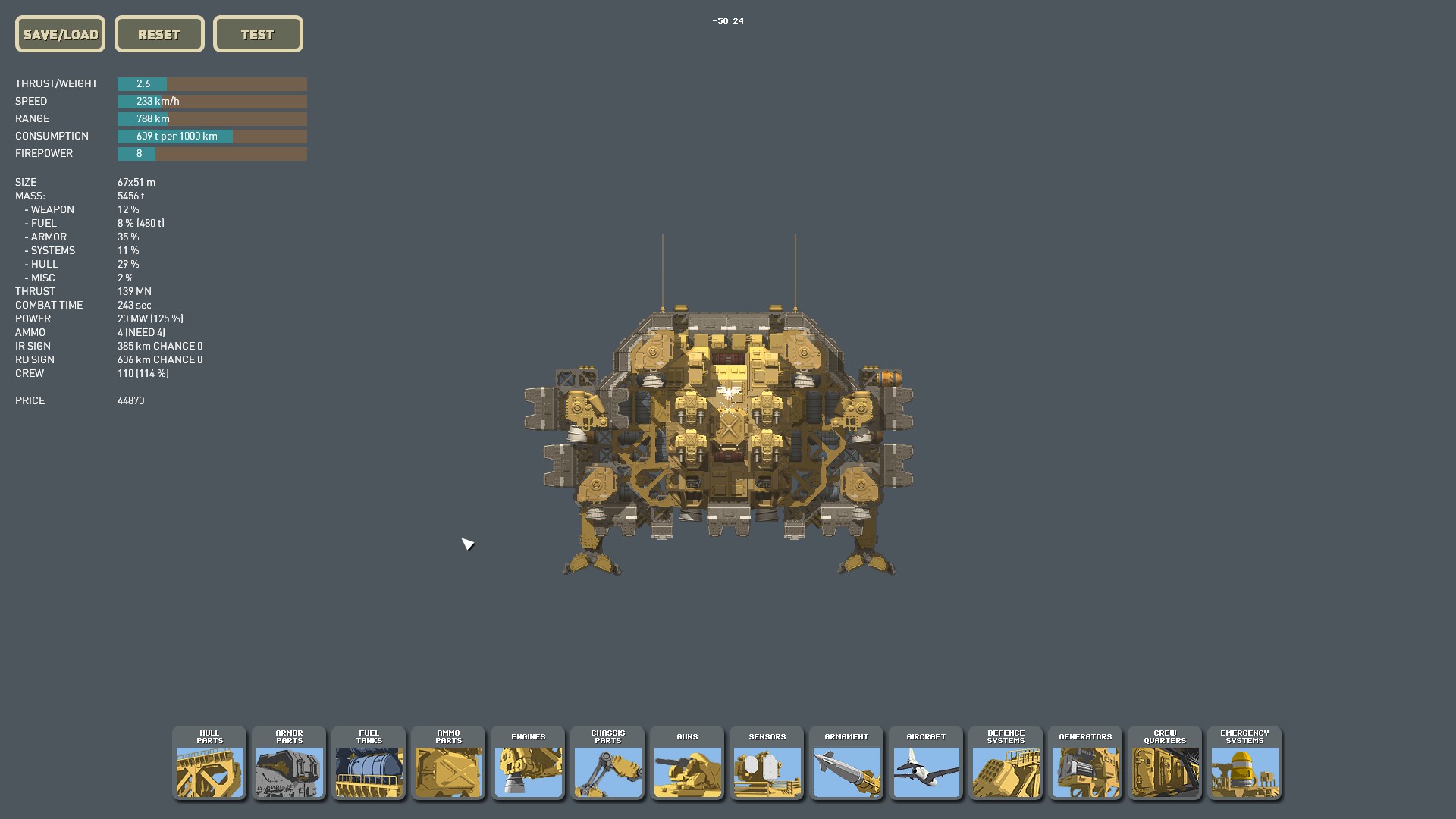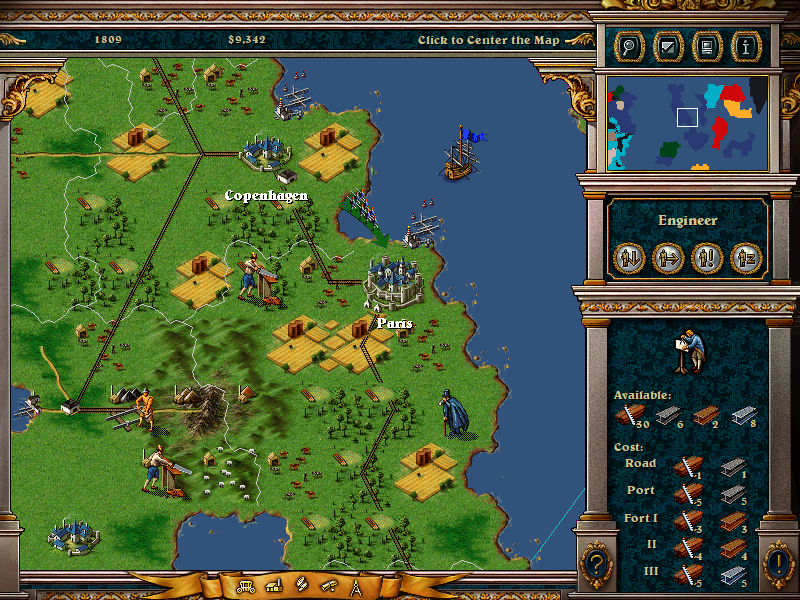I’ve been thinking about this after playing games such as Shadow Empire and Highfleet – what makes them feel like throwbacks to the 1990s?
For me, three interlinked factors stand out about classic 1990s games: originality, difficulty, and their attitude to game balance.
Originality: The 1990s classics tended to either pioneer their genres, or blend genres in a way that’s rare in newer titles.
Difficulty: They demanded skill from their players, and were unforgiving on learners.
Balance: The flip side is that they also let skilled players break or exploit the game, in ways that would be rapidly patched away in the modern era of multiplayer, GameFAQs, discussion boards, and digital distribution.
So for instance:
- The Master of… games pioneered the space and fantasy 4X genre — and half the fun was coming up with overpowered custom races, and creative uses for magic spells (casting “flight” on warships to produce heavily armed galleys that could fly over land).
- The Gollop brothers’ original X-COM (UFO: Enemy Unknown) defined the combination of squad-based strategy and strategic-level management; it was extremely tough for a beginner, but experienced players could trivialise the difficulty by using psionic operatives: make the first alien spotted drop its weapons, turn around, and scout for the second alien; mind control the second alien; and repeat. (That’s even before getting into outright exploits, such as generating infinite money by manufacturing items for sale.)

Looking at the games I mentioned earlier, Highfleet perhaps comes closest. It mixes arcade, sim, strategy, and roguelite elements, and while difficult, it becomes much easier once players master the rules or learn the intricacies of custom ship design. Its community is marked by an thriving exchange of custom ships — from min-maxed flying cubes of armour to themed collections with their own backstory.
Shadow Empire stands out for its originality: it blends a 4X game, a wargame, and a logistics or resource management game. It also can be challenging, especially at first — I remember how quickly my first game went from “how do logistics work?” to a desperate struggle against a gigantic empire.
An interesting question would be how many of these elements it takes before a game feels like a throwback to the 1990s. Are some more important than others? In the early 2010s, the Souls games, Firaxis’ XCOM reboot, and roguelites such as FTL made difficulty fashionable again. They are all great, they have influenced design to the present, and FTL’s retro pixel-art graphics wouldn’t have been out of place in the ‘90s. Do they feel like 1990s games? Would I say they felt like ‘90s games, if I were playing them now? One to consider, next time a difficult, genre-blurring game comes along…
Enjoy the site? Subscribe below to receive email notifications:
